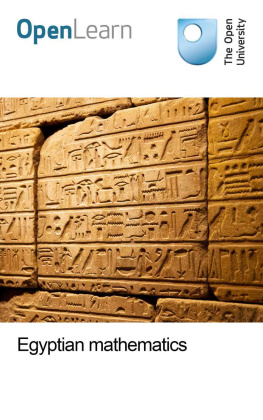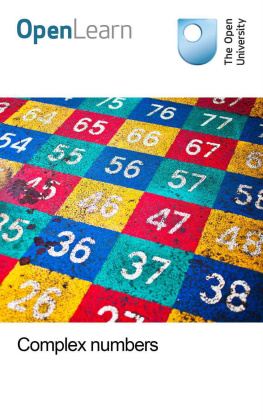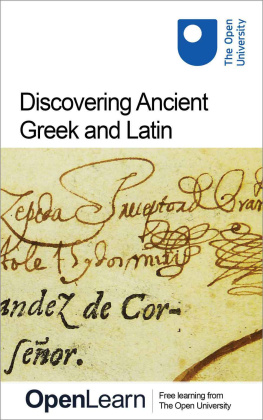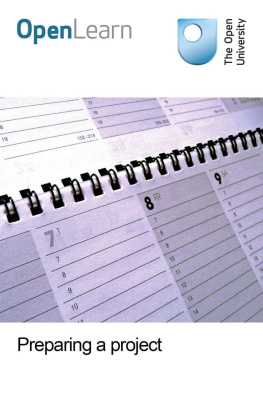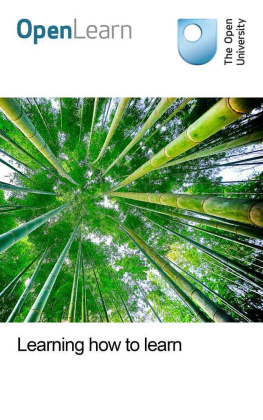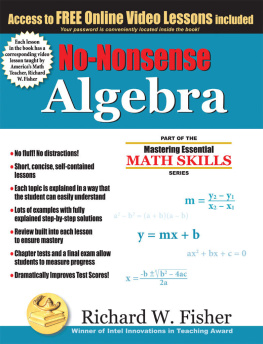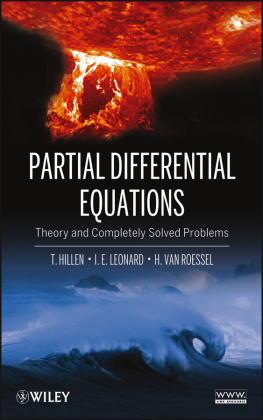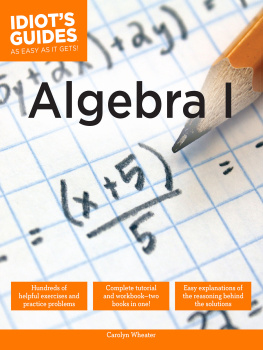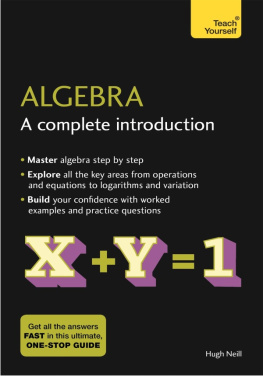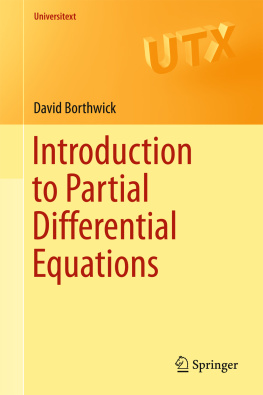MA290_1Topics in the History of Mathematics
Egyptian mathematics
About this free course
This free course provides a sample of Level 2 study in Mathematics: www.open.ac.uk/courses/find/mathematics
This version of the content may include video, images and interactive content that may not be optimised for your device.
You can experience this free course as it was originally designed on OpenLearn, the home of free learning from The Open University: www.open.edu/openlearn/science-maths-technology/mathematics-and-statistics/mathematics/egyptian-mathematics/content-section-0.
There youll also be able to track your progress via your activity record, which you can use to demonstrate your learning.
Copyright 2016 The Open University
Intellectual property
Unless otherwise stated, this resource is released under the terms of the Creative Commons Licence v4.0 http://creativecommons.org/licenses/by-nc-sa/4.0/deed.en_GB. Within that The Open University interprets this licence in the following way: www.open.edu/openlearn/about-openlearn/frequently-asked-questions-on-openlearn. Copyright and rights falling outside the terms of the Creative Commons Licence are retained or controlled by The Open University. Please read the full text before using any of the content.
We believe the primary barrier to accessing high-quality educational experiences is cost, which is why we aim to publish as much free content as possible under an open licence. If it proves difficult to release content under our preferred Creative Commons licence (e.g. because we cant afford or gain the clearances or find suitable alternatives), we will still release the materials for free under a personal end-user licence.
This is because the learning experience will always be the same high quality offering and that should always be seen as positive even if at times the licensing is different to Creative Commons.
When using the content you must attribute us (The Open University) (the OU) and any identified author in accordance with the terms of the Creative Commons Licence.
The Acknowledgements section is used to list, amongst other things, third party (Proprietary), licensed content which is not subject to Creative Commons licensing. Proprietary content must be used (retained) intact and in context to the content at all times.
The Acknowledgements section is also used to bring to your attention any other Special Restrictions which may apply to the content. For example there may be times when the Creative Commons Non-Commercial Sharealike licence does not apply to any of the content even if owned by us (The Open University). In these instances, unless stated otherwise, the content may be used for personal and non-commercial use.
We have also identified as Proprietary other material included in the content which is not subject to Creative Commons Licence. These are OU logos, trading names and may extend to certain photographic and video images and sound recordings and any other material as may be brought to your attention.
Unauthorised use of any of the content may constitute a breach of the terms and conditions and/or intellectual property laws.
We reserve the right to alter, amend or bring to an end any terms and conditions provided here without notice.
All rights falling outside the terms of the Creative Commons licence are retained or controlled by The Open University.
Head of Intellectual Property, The Open University
978-1-4730-1554-8 (.kdl)
978-1-4730-0786-4 (.epub)
Contents
Introduction
For many centuries, ancient Egypt was seen as the source of wisdom and knowledge, about mathematics as well as other things. There was a long classical Greek tradition to this effect, and in later centuries the indecipherability of the hieroglyphs did nothing to dispel this belief. But since the early nineteenth century, when the deciphering of the Rosetta Stone by Young and Champollion enabled rapid progress to be made in translating extant Egyptian texts, the picture has changed to reveal a civilisation more pragmatic and down-to-earth. In this course, we shall investigate what we now know of Egyptian mathematics, and how we know it.
This OpenLearn course provides a sample of Level 2 study in Mathematics
Learning outcomes
After studying this course, you should be able to:
- demonstrate knowledge of how hieroglyphs were used to represent numbers and the nature of the problems that have survived
- understand that Egyptian calculation was fundamentally additive. Operations such as doubling and halving being used for multiplication and division
- appreciate the advanced understanding of mathematics in Ancient Egypt in relation to the manipulation of fractions
- consider some views of the mathematics of Ancient Egypt in relation to that of the Babylonians.
1 Egyptian mathematics
1.1 Mathematics in Egyptian history
Only a small number of the surviving Egyptian papyri are concerned with mathematical calculations perhaps a dozen or so in all, of which the earliest dates from about 1850 BC and the most recent from AD 750. The two major ones are the Rhind Papyrus (named after the man who bought it on his holidays in Luxor in 1858), which you can see in the British Museum, and the Golenischev (or Moscow) Papyrus, which is in Moscow. They are dated at around 1650 BC and 1850 BC respectively. So here are authentic primary sources that is, examples of the foundational artefacts upon which our knowledge of the history of mathematics is constructed.
Figure 1 Rhind Papyrus, Problems 39 and 40
If you look at Figure 1, you will see at once that there is a problem; the text is not meaningful until it has been translated into something comprehensible to us. It will be instructive to spend a few minutes discovering what to do about this. It is not generally practicable for any of us to learn afresh each new language or script of cultures whose mathematics we might be interested in. We are reliant, in this case, on the knowledge of Egyptologists for the material on which we can start to build our own understanding. Even once a translation is provided there is still a process of interpretation to be gone through.
1.1.1 The Rhind papyrus
For a literate civilisation extending over some 4000 years, that of the ancient Egyptians has left disappointingly little evidence of its mathematical attainments. Even though the classical Greeks believed mathematics to have been invented in Egypt though their accounts are far from unanimous on how this happened there are now but a handful of papyri and other objects to convey a sense of Egyptian mathematical activity. The largest and best preserved of these is the Rhind papyrus (Extract 1), now in the British Museum, a copy made in about 1650 BC of a text from two centuries earlier. In Box 3 the Egyptologist Sir Alan Gardiner explains an initially puzzling feature of Egyptian arithmetic, the Egyptian concept of fraction or part. The commentaries given in Box 4 are contrasting perceptions of Egyptian mathematics, from the translator of the Rhind papyrus and from a historian of mathematics.
Extract 1 Two problems from the Rhind papyrus
(a) Problem 24


